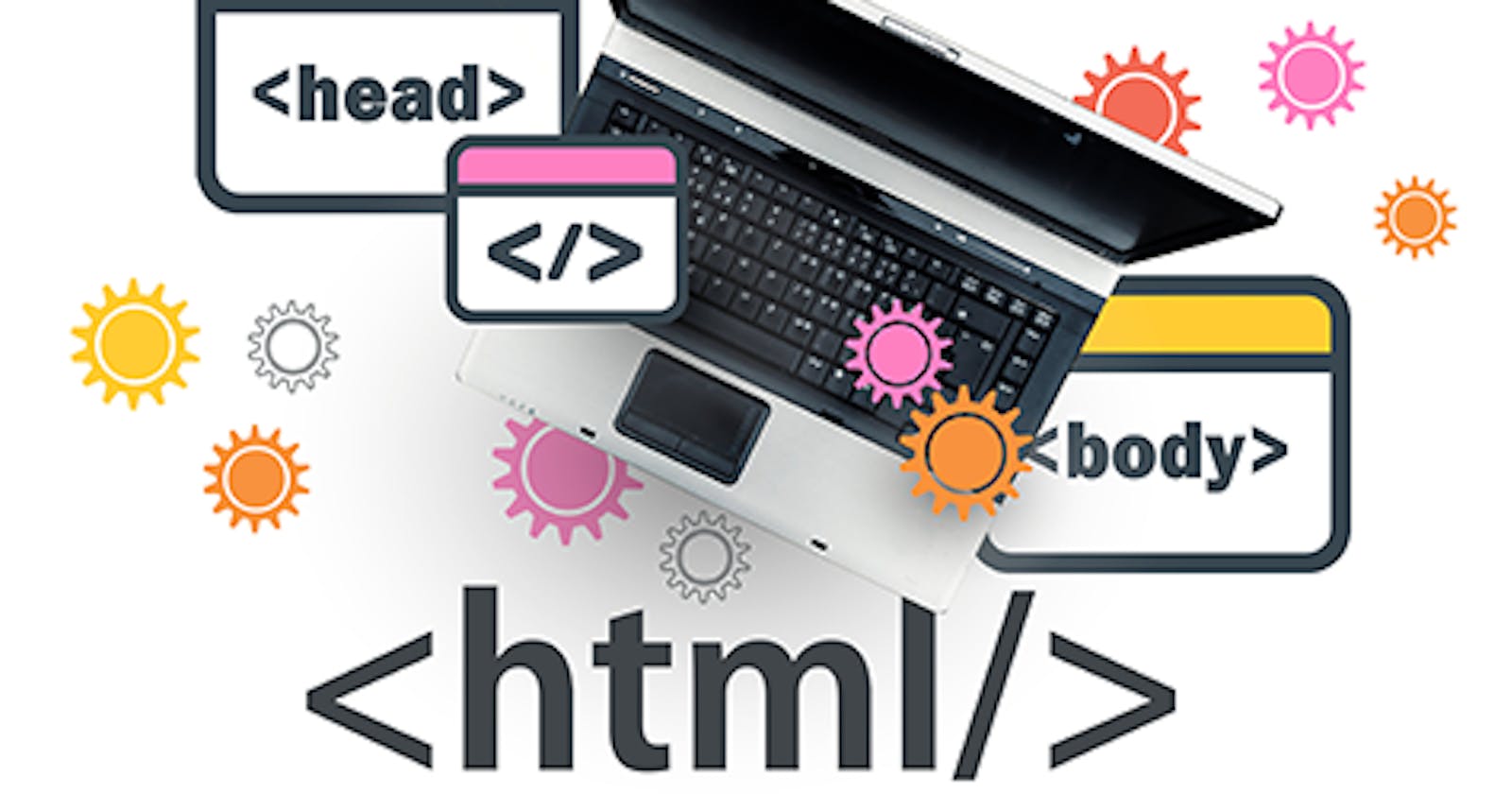Tags instead of CSS
<b>&<strong>: Used for bold and important text respectively.<i>&<em>: Used for italic and emphasized text respectively.Diff: 2 tags strong & em thể hiện sự quan trọng hơn thay vì chỉ làm thay đổi như b & i
<mark>: Highlights or marks specific text.<center>: Centers text horizontally (instead of using CSStext-align: center).
<del>- Deleted text instead of line-through (text-decoration css)<ins>- Inserted text instead of underline (text-decoration css)<abbr>- Inserted text instead of underline dotted (text-decoration css)
<small>,<sub>,<sup>: Used for smaller text, subscript text, and superscript text respectively.Diff: align center, up, down
<blockquote>&<q>: Used for quotations and short quotations respectively.<template>: Represents a document fragment that can be cloned and inserted into the document.
Semantic HTML Layout
<main>: Represents the main content of a document.<aside>: Represents content that is tangentially related to the main content.<section>: Represents a standalone section of content.<article>: Represents a self-contained composition that can be independently distributed or syndicated.<footer>: Represents the footer of a document or a section.<address>: Represents contact information for the nearest<article>or<body>ancestor.<time>: Represents either a specific time or a range of time.<cite>: Represents the title of a work (e.g., a book, a paper, an album, etc.).
Specific Controls
<dialog>: Represents a dialog box or a window.<select>: Represents a control that allows users to select options from a list.<input>: Represents a control for user input, with various types such as button, range, calendar, etc.
Collapse & Extend
<details>&<summary>: Used together to create a collapsible section with a summary.
Content-script
<code>: Represents a fragment of computer code.
Freestyle Text
<pre>: Represents preformatted text, preserving spaces and line breaks.
Combining Autocomplete & Select
<datalist>: Specifies a list of pre-defined options for an<input>element.
Form Title
<fieldset>&<legend>: Used together to group related form elements and provide a title.
Coordinate Action
<map>: Specifies an image map, which links regions of an image to actions.
Progress View
<meter>&<progress>: Used to represent progress, such as the completion of a task.
Fallback for Non-JavaScript Browsers
<noscript>: Represents alternate content to be displayed when a browser doesn't support JavaScript or has it disabled.
Dynamic External Resources
<object>: Represents an external resource, such as an embedded iframe, image, video, or audio.
Default URL & Target
<base>&<basefont>: Used to specify a default URL and a default target for all links on a page.

